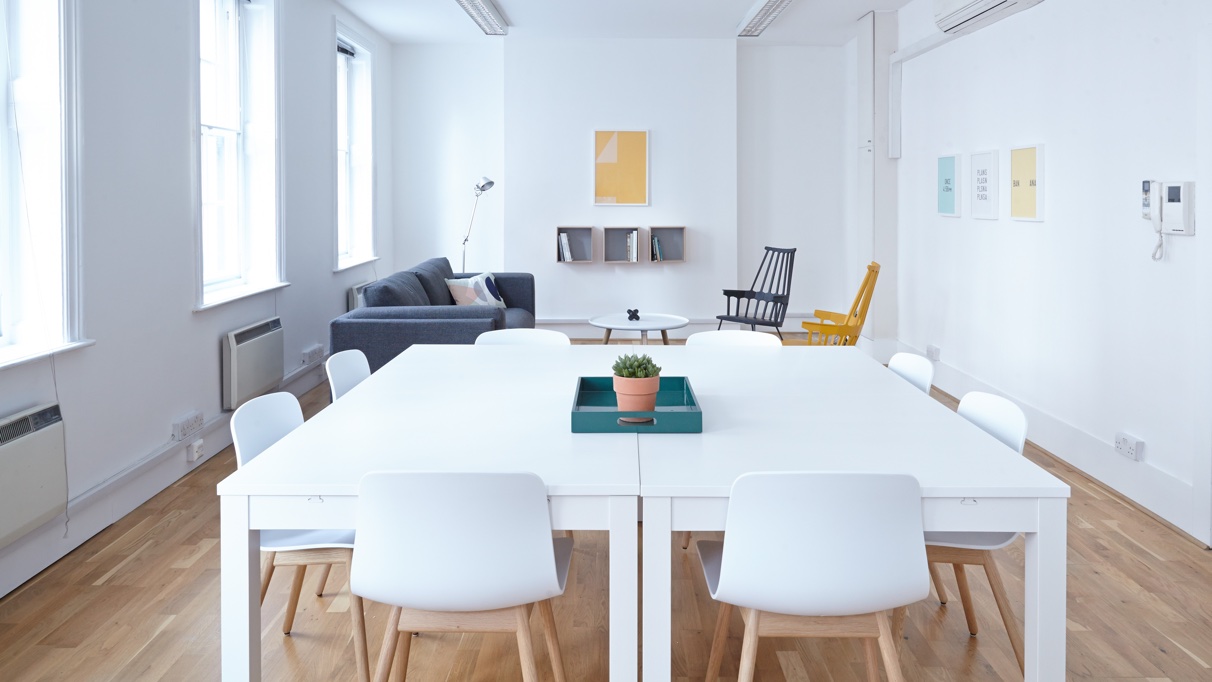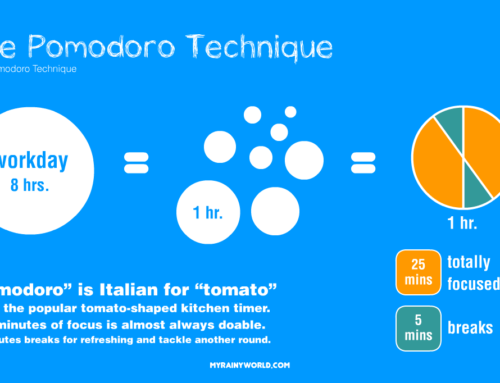 B
usiness presentation redefined
B
usiness presentation redefined
Dos and Don’ts of the world of presentations.
A great presentation is a conversation, not a performance.
- A performance is a predefined script.
- It has a wall between the performer and the audience.
- A presentation is unpredictable. It’s interactive.
- More like a conversation between the performer and the audience.
- This conversation is an Orderly Conversation (hint the name of the book).
- Some structure is needed – a framework it can follow while maintaining some spontaneity.
- A presenter has to speak with a plan in mind, while also responding to changes and adapting to the uncertain trajectory.
S chool presentations can give presenters bad habits
- It’s design to grade students fairly, not to be the golden rules.
- Should take it with a grain of salt (to consider it to be not completely true or right).
- It’s for grading the pitch, not how well the audience actually received the message.
- Presenting isn’t how you look or sound.
- It’s about how you bring your audience into a conversation while building your confidence and shedding your anxiety.
 B
usiness presentation redefined
B
usiness presentation redefined
Dos and Don’ts of the world of presentations.
A great presentation is a conversation, not a performance.
- A performance is a predefined script.
- It has a wall between the performer and the audience.
- A presentation is unpredictable. It’s interactive.
- More like a conversation between the performer and the audience.
- This conversation is an Orderly Conversation (hint the name of the book).
- Some structure is needed – a framework it can follow while maintaining some spontaneity.
- A presenter has to speak with a plan in mind, while also responding to changes and adapting to the uncertain trajectory.
S chool presentations can give presenters bad habits
- It’s design to grade students fairly, not to be the golden rules.
- Should take it with a grain of salt (to consider it to be not completely true or right).
- It’s for grading the pitch, not how well the audience actually received the message.
- Presenting isn’t how you look or sound.
- It’s about how you bring your audience into a conversation while building your confidence and shedding your anxiety.
Eye contact and intentional pauses are essential to engaging your audience and returning to the moment.
- Thinking about yourself will only make things worst.
- The more you think about yourself, the more nervous you’ll get and the less connected you’ll be to the group.
- When you begin a presentation, be sure to focus on individuals in the audience.
- Consider what you want to tell them and how you’ll grab their attention.
- Gather the courage to look them in the eyes and speak just as you would if you were having a normal one-on-one conversation.
Pausing will give you time to gather your thoughts and consider what you intend to communicate.
How can you avoid giving a useless presentation?
- When planning your presentation, consider your audience and identify goals that are specific to them.
- Before you make slides, you should take a pen and paper and write out the fundamental goals of your presentation.
- Think ahead to what you want your audience to have thought, felt and experienced after your presentation.
- Assess your audience.
- Think about who they are and how you relate to them.
- A couple of questions can come in handy:
- how well will they understand this topic?
- Will it be easy to persuade them?
I t’s essential to give context to your presentation before delivering the meat of your topic.
- Reassure your audience that their participation will be worthwhile.
- Explaining to your audience:
- Why they’re there.
- What needs to be accomplished.
- How your goals will be reached.
- What they stand to gain.
- These four points are essential to giving context to your presentation while cutting through the initial confusion.
- Your framing slides will help make them clear.
- Framing slides are key to setting the stage, but content slides are the vehicle for delivering the core information of your topic.
- Conclusions are also a type of framing slide.
- You want to make clear to your audience that you’re approaching an end and give at least one clear actionable step that they can take away.
- Don’t worry too much about aesthetic. What really counts is that your visuals are easily understood.
It’s essential to welcome the unpredictability of your presentation while sticking to your agenda and meeting your goals.
Improve yourself:
Taking the time to watch yourself presenting on camera is a great opportunity to hear yourself objectively and see how you can improve. After watching your tape you should reflect on your presentation by asking yourself if you look the way you imagined and how you could make your presentation better.

